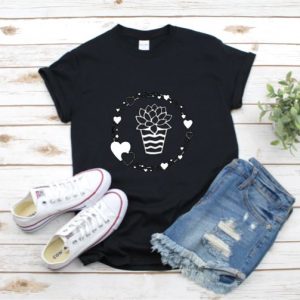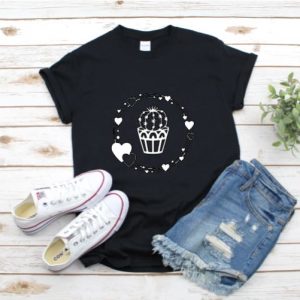Teaching children how to be safe around water can begin just a few weeks after birth
While summer pool and beach season is long past in January, water around the home still poses a serious threat to the safety of young children. According to a report by the Consumer Product Safety Commission, from 2006 to 2010 there were 684 incidents involving children younger than five-years-old drowning in products such as bathtubs, buckets, bath seats, toilets and landscaping features. More than 400 of these incidents were fatal, and after pools, bathtubs are the second leading location where young children drown. This is why January has been named Bath Safety Month.


Some of the first steps parents need to take to teach their children potentially lifesaving water skills can begin just a few weeks after birth. Instead of treating bath time as a chore, parents can use it as an opportunity to teach their infants and young children how to be comfortable and safe in water by following these tips:
Bathtub Safety Tips
- Fill your bathtub with the amount of water normally used during bathing and use a stopwatch to time how long it takes to drain. Never leave the bathroom unsupervised after a bath until that amount of time has passed.
- Do not turn on the faucet and allow a bathtub to fill with water without a parent in the room watching at all times.
- Learn how to properly perform age appropriate CPR in case an accident ever does occur.
- If you always lift your children into and out of the tub during bath time, teach your kids how to and have them practice getting in and out of the tub on their own while you supervise.
Tips for Teaching Water Safety at Bath Time
- Do not rely on plastic baby tubs as the only bath time option. Showering with baby can help accustom him/her to the feeling of water splashing down his/her face and help with learning to breathe in water.
- Fill a regular bathtub with enough water so you can hold your baby in it and float baby on his/her back. Hold baby behind the shoulders and cup the head so baby can’t turn his or her mouth into the water. This will help baby learn how it feels to have water in his/her ears and teach that it is possible to breathe when floating in water.
- Before you pour water over your baby’s head and into his or her eyes and ears, give a cue that the water is about to come splashing down. This helps stop babies from being startled and associating water on their faces with being scared and uncertain.
- Blowing bubbles helps babies learn they are in control of their breath and makes them comfortable with putting their face in water. Teach children to blow bubbles on cue and make it fun by blowing different types of bubbles.
To find a USSSA affiliated swim school near you, or for details on becoming a member of the nation’s leading swim school organization visit: https://www.usswimschools.org.
About US Swim School Association
US Swim School Association (USSSA) began in 1988 to fill a gap in the swim school industry. USSSA has become the largest and preeminent swim school association in the country with over 400 members providing swim and water safety instruction to over 500,000 students each year. Swim schools receive invaluable benefits as USSSA members, receiving the latest training in water safety, swim instruction methods and tools, invitations to annual conferences, and many other benefits that help establish and build each individual business. USSSA has partnered with Safer 3 Water Safety Foundation for its official water safety program. Through USSSA, parents and students are provided with a reliable and trustworthy resource when searching for a swim school and can rest assured they have chosen a top school when they choose a USSSA affiliated location. For more information, visit www.usswimschools.org.









